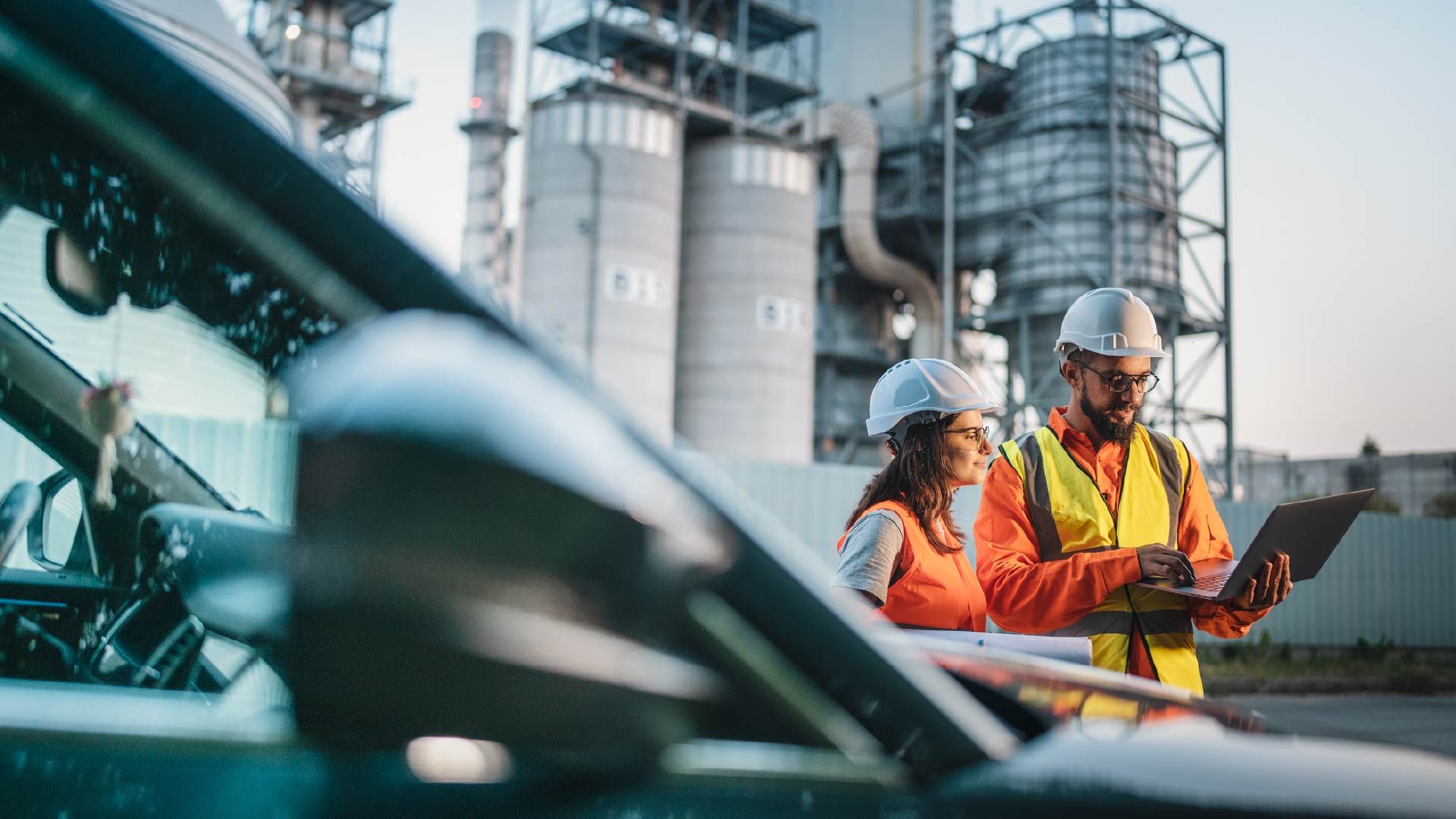Smart Innovators: Industrial Wearables

Steve Bolton
22 Aug, 2018
Access this research
Access all EHSQ Corporate Leaders content with a strategic subscription or buy this single report
Need help or have a question about this report? Contact us for assistance
Executive Summary
Workers in dangerous locations have used wearable devices (or “wearables”) for decades to alert them to hazards such as gas leaks. In the last fifteen years, the rise of digital consumer wearables such as augmented reality headsets and watches that monitor heart rates has opened the door to the launch of industrial wearables exploiting these consumer innovations. Concurrently, vendors and firms have diversified the environment, health and safety (EHS) functions in industrial settings to which wearables can be applied. This report provides EHS decision-makers, vendors of industrial wearable solutions, investors and other participants in the EHS technologies ecosystem with an overview of wearable devices applied to EHS functions.
Smart Innovators: Industrial Wearables
A Broad Range Of Wearable Devices Have Relevance To EHS Priorities
EHS Decision-Makers Indicate Early Signs Of Demand For Wearable Technology
Industrial Wearables Being Deployed For EHS Functions
Wearable Functionality Maps To Four Distinct EHS Use Cases
Industrial Wearables Must Overcome Adoption Hurdles To Reach Critical Mass
Vendors Need To Understand Success Factors To Accelerate Growth
Fast Adopting Industries Hold The Key To Wearables Success
A Broad Range Of Wearable Devices Have Relevance To EHS Priorities
EHS Decision-Makers Indicate Early Signs Of Demand For Wearable Technology
Industrial Wearables Being Deployed For EHS Functions
Wearable Functionality Maps To Four Distinct EHS Use Cases
Industrial Wearables Must Overcome Adoption Hurdles To Reach Critical Mass
Vendors Need To Understand Success Factors To Accelerate Growth
Fast Adopting Industries Hold The Key To Wearables Success
Figure 1. Change In Spend Across EHS Categories In 2018
Figure 2. EHS Budget Allocation Across Four Categories
Figure 3. Significance Of Industrial Wearables To Operational Risk Management
Figure 4. Industrial Wearables Support Four EHS Use Cases
Figure 5-1. Mapping Wearables Vendors To EHS Use Cases
Figure 5-2. Mapping Wearables Vendors To EHS Use Cases
Figure 2. EHS Budget Allocation Across Four Categories
Figure 3. Significance Of Industrial Wearables To Operational Risk Management
Figure 4. Industrial Wearables Support Four EHS Use Cases
Figure 5-1. Mapping Wearables Vendors To EHS Use Cases
Figure 5-2. Mapping Wearables Vendors To EHS Use Cases
Airsweb, Amazon, Atheer, Boeing, Carré Technologies, Cartrefi Conwy, Chevron Corporation, DAQRI, dorsaVi, Duke Energy, Electric Power Research Institute (EPRI), Equivital, Extronics, ExxonMobil, Gensuite, Gilbane Building Company, Honeywell International, Humantech, IBM, Intelex, Intellinium, International ThermoDyne, Kenzen, Kinetic, Logical Safety, M3SH Technology, MacDonald-Miller Facility Solutions, MākuSafe, Modjoul, Optalert, Porsche, Reactec, Realwear, S3-ID, Skanska UK, SolePower, SoloProtect, Soter Analytics, Triax Technologies, Upskill, Vale, Vault Intelligence, Vigo Technologies, VINCI Construction UK, XOi Technologies
About the Author

Steve Bolton
Research Director
Steve leads the Verdantix EHS research practice, based out of our New York office. He has 25 years of experience advising on sustainability, EHS, circular economy, corporate s...





